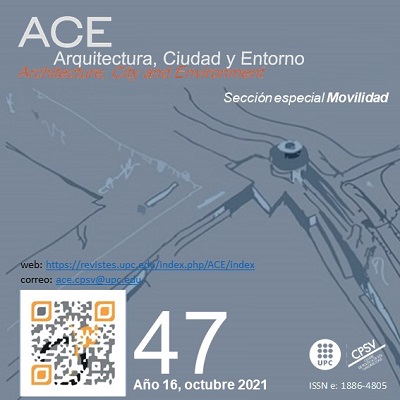Embodied Energy and Embodied Carbon in Different Industrialized Structural Systems Scenarios of a Prototype Building
DOI:
https://doi.org/10.5821/ace.16.47.10454Keywords:
Emissions, prefabricated build, environmental impacts, carbon footprintAbstract
A design optimization strategy for the embodied impacts reduction, is to consider a industrialized prefabrication techniques according to the type of building, insomuch as design process take acount a disassembly system, it would be decreese the waste, raw material, therefore the embodied impacts. This work aims to obtain the results of environmental impacts, characterized in two types of impacts considered relevant in the construction industry, based on the principle of energy conservation, these impacts are: Embodied Energy and Embodied Carbon (CO2 equivalent), in the manufacture and transport of seven versions of pre-sized structural models with industrialized construction systems, for the same prototype building, as well as, check the variables that affect the selection of a construction system at an early stage of design. The structural preliminary draft, along with the pre-dimensioned considering only the gravitational loads, is a representative sample for an evaluation and decision-making in the early stages of a project, which lead the design team to consider hybrid industrialized manufacturing systems, between open and closed, or between prefabricated and in-situ systems, in order to avoid envioronmental impacts.
Published
Issue
Section
License
| INTELECTUAL PROTECTION CRITERIA |
At this moment, it is count with the "Oficina Española de Patentes y Marcas", while global protection it is being processed by the World Intelectual Property Organization (OMPI/WIPO). Nevertheless the International Standard Serial Number Office (ISSN) has given the following numbers ISSN: 1886-4805 (electronic version) and 1887-7052 (paper version). All articles will be peer reviewed, using double blind reviewing. |
| COPYRIGHT |
The article contents and their comments are authors exclusive liability, and do not reflect necessarily the journal editor commitee's opinion. All ACE published works are subject to the following licence CC BY-NC-ND 3.0 ES http://creativecommons.org/licenses/by-nc-nd/3.0/es/ It implies that authors do not hold nor retain the copyright without restrictions but only those included in the licence. |





































